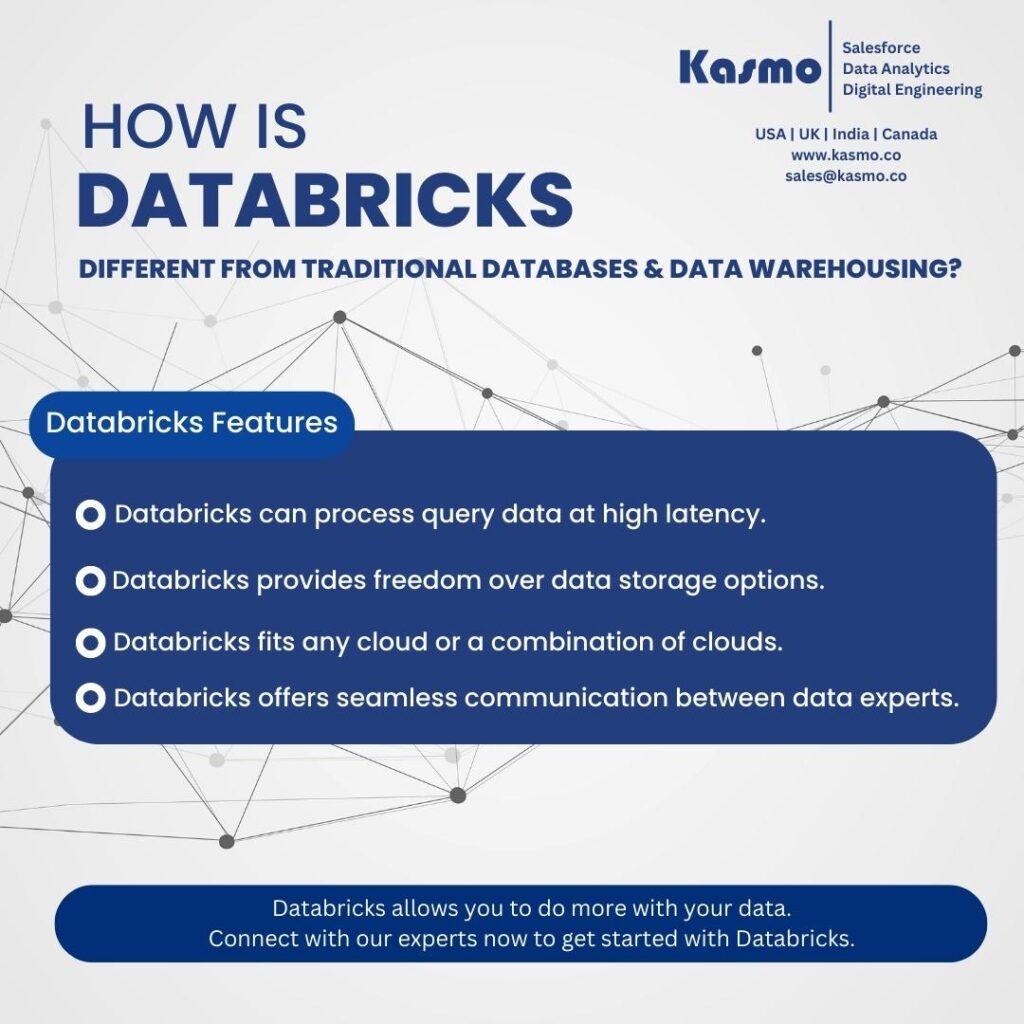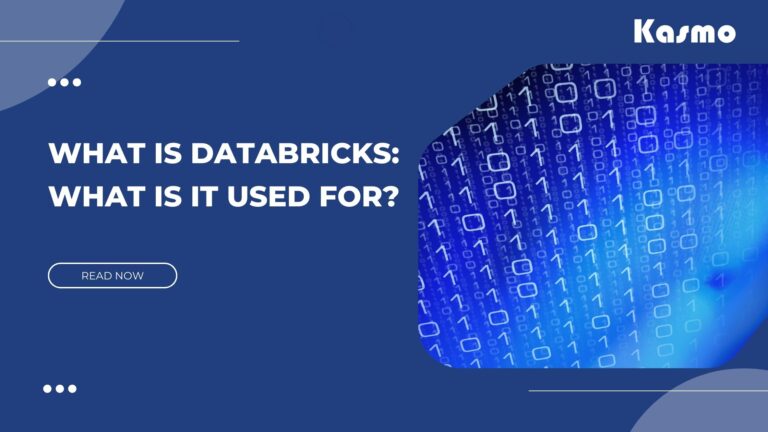The first step to digital transformation for a business is determining the right cloud platform. With so many options available, decision-makers often feel overwhelmed while choosing the best-fit cloud platform for the organization. Factors such as cost, scalability, and ease of integration must be accounted for while making the decision. If your organization is facing a similar situation, and if Databricks crossed your path, here is everything you need to know what is Databricks and what is Databricks used for.
What is Databricks?
Microsoft Azure Databricks is a unified cloud-based platform that caters to varied data and analytics use cases ranging from cloud-based big data processing to machine learning. It is a fast, cost-effective solution to scale massive data and unify and simplify enterprise data systems.
Founded in 2013, Databricks is an open-source initiative of Apache Spark. With a mission to rapidly create and deploy data-driven analytical solutions, Apache Spark has trained more than 40,000 users – all through the virtual analytics platform.
Whether your organization implements Amazon Web Services (AWS), Microsoft Azure, Google Cloud, or a multi-cloud combination, Databricks fits your needs.
Why should you choose Databricks?
Big players such as Disney, Apple, HSBC, and Microsoft use Databricks to amplify their data value. Every member that handles data in an organization – data engineer, data analyst, intelligence analyst, data scientist, and machine learning expert – can make empowered decisions using data unifying platform.

What is Databricks used for?
Businesses have a massive data inflow across their organization through disparate sources. Any lag in addressing the siloes in the data flow and failure to utilize the fullest potential the data brings in can mean a loss of efficiency to teams.
Furthermore, businesses that fail to harness the power of data can lose the opportunity to make smarter business decisions.
Databricks can help firms to make more from their business intelligence and data science. Plus, businesses can:
- Handle batched data and real-time data.
- Query, analyze, transform and organize data.
- Unify all data onto a safe, accessible platform.
- Leverage the unified data for machine learning and AI.
- Make data-driven business decisions from the reports and insights.
Now that we have a gist of what is Databricks and what is it used for, let us take a closer look at how this cloud-independent data unifying platform helps businesses:
Databricks helps process data
Well, this may sound like a no-brainer, but Databricks holds its uniqueness in the data processing. Let us comprehend this better:
Databricks utilizes the ETL data processing style. It reads, writes, transforms, and performs data operations that range from simple arithmetic to the most complex machine-learning calculations.
Databricks is a developer-friendly platform. It supports multiple languages like SQL, Python, Scala, Java, and R.
Databricks lets do more than a database or Datawarehouse
Compared to traditional Datawarehouse tools, Databricks ranks high in one vital performance metric: latency.
Databricks can process query data at high latency. It offers scalability, efficiency, and high-speed performance compared to regular databases and Data warehousing tools.
Databricks’ unique engine – Photon, and its core Spark, proffer its data processing power. It means developers can benefit from the reduced batch processing time when processing structured and unstructured data and ingesting from non-traditional data storages like AWS S3.
Databricks offers data storage choices
Unlike traditional databases that save data in their own formats, Databricks provides complete freedom over data storage options. Developers can choose the cloud – Amazon S3, Azure Data Lake Storage Gen2, or Google Cloud Storage.
What else? Databricks does not necessitate a proprietary data storage format. It leaves the whole choice of open-source format selection to developers providing them with ultimate control over data storage and access.
Databricks runs on top of any existing cloud
Databricks is not an on-prem platform. It offers a wide range of choices for cloud selection for businesses.
Whether running on Amazon Web Services (AWS), Microsoft Azure, Google Cloud, or a combination of multiple clouds, you can choose Databricks for your data processing needs without a second thought.
It offers safe, secure, and seamless integration with existing networks, identity, and access management and ensures transparency and safety in storing and accessing sensitive data.
Databricks enhances communication and collaboration
Modern organizations are data-reliant. Irrespective of the tool they choose for programming, the ultimate aim of organizations is to extract the best -value that data can offer them.
Owing to this programming-language independence, Databricks provides seamless communication and collaboration between Data Engineers, Data Analysts, and Data Scientists who usually rely on the language of their choice like SQL, Python, R, or Scala.
Notebook, the web-based interface of Databricks, enables collaborative working within teams. It holds version control and allows brainstorming with built-in commenting and sharing capabilities.
Summing Up
Here is what we conclude from this discussion: what is Databricks and what is it used for.
Databricks provides fast, simple, and scalable data processing and machine learning. It offers benefits ranging from cloud independence to a unified collaborative platform for data communication amongst teams.
Connect with our experts to know how your business can benefit from Databricks. Email us at sales@kasmo.co now.
Read Next: Top 10 Data Analytics Trends

